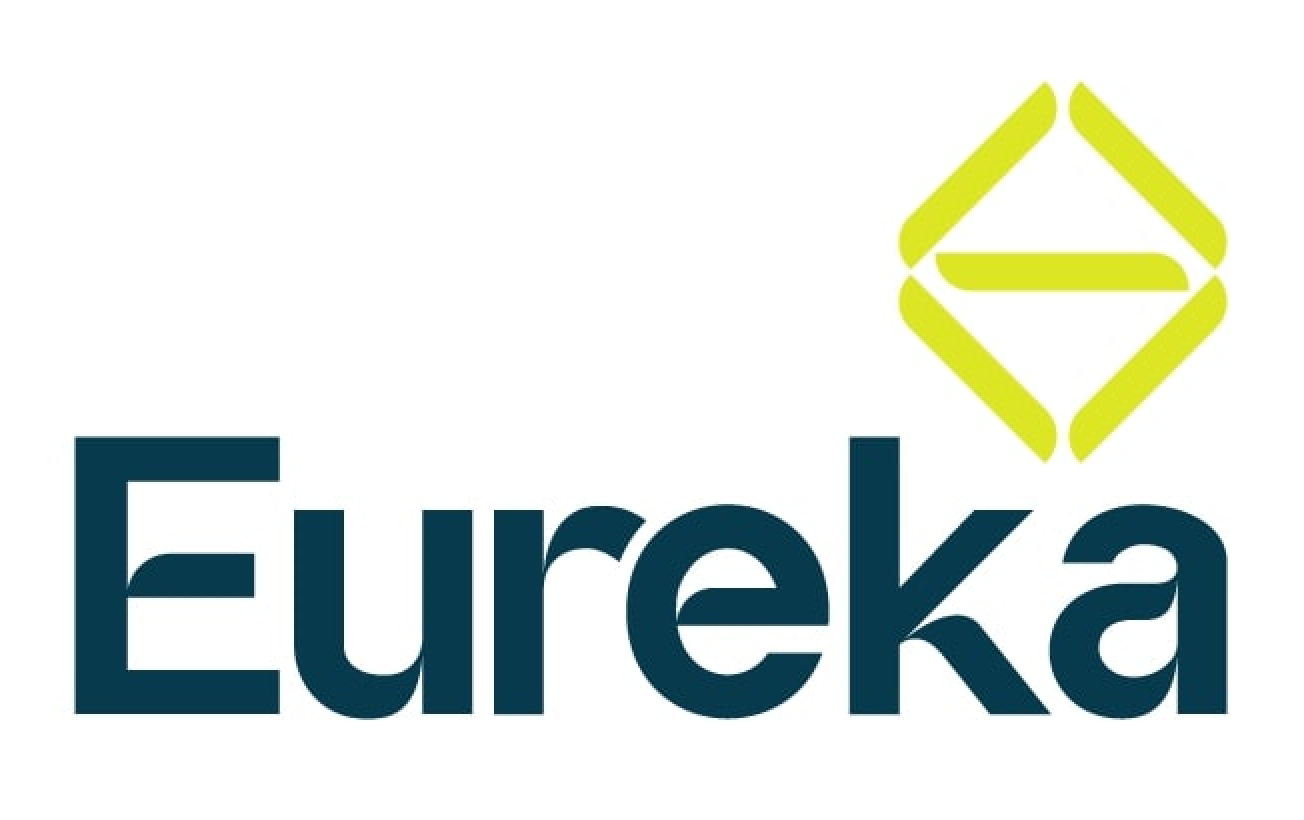10 step roadmap to building a successful DE&I strategy
The corporate world has increasingly come to recognise the immense value that diversity, equity, and inclusion (DE&I) bring to the table. From fostering innovation to mirroring global customer bases, a robust DE&I strategy can drive sustainable growth and enrich corporate culture. If you're looking to enhance your organisation's DE&I practices, this roadmap can guide the way.
1. **Understand why DE&I matters**
Start by internalising the importance of DE&I. It's not just a trending topic or a compliance checkbox. DE&I can be a driver of increased revenue, improved employee satisfaction, and greater innovation.
2. **Secure leadership buy-in**
For a DE&I strategy to succeed, it needs support from the top. Engage leadership and ensure they not only endorse but actively champion DE&I initiatives.
3. **Conduct a baseline assessment**
Evaluate your current status. Survey your employees, study your hiring and retention metrics, and gauge the existing inclusivity of your workplace.
4. **Set clear, measurable goals**
Determine what you hope to achieve, be it better representation in leadership roles, improved retention rates for minority employees, or enhanced employee training. Ensure these goals are SMART (Specific, Measurable, Achievable, Relevant, Time-bound).
5. **Create actionable initiatives**
Based on your assessment and goals, develop initiatives that address specific areas of need. This might include diversity hiring programmes, mentorship schemes, or tailored training modules.
6. **Foster a culture of continuous learning**
DE&I is not a one-off project. Encourage an ongoing commitment to learning, with regular training sessions, workshops, and opportunities for open dialogue.
7. **Monitor, measure, and iterate**
Regularly track your progress against the goals set. Use metrics and feedback to refine your approach, ensuring your strategy remains dynamic and responsive.
8. **Celebrate and amplify successes**
When milestones are reached or particular successes achieved, shout about them! Not only does this boost morale, but it also reinforces the importance of DE&I across the organisation.
9. **Encourage employee-led initiatives**
Empower your employees to take the lead. Whether through affinity groups, discussion forums, or community outreach, giving employees ownership can lead to more authentic, impactful initiatives.
10. **Stay updated and informed**
The landscape of DE&I is continually evolving. Keep abreast of global developments, best practices, and emerging thought leadership to ensure your strategy remains at the forefront.
In conclusion, crafting a successful DE&I strategy requires a thoughtful, systematic approach and a genuine commitment to change. With these steps in place, organisations can not only foster a more inclusive environment but also harness the myriad benefits that come with a diverse and engaged workforce. Remember, the journey towards true inclusion is ongoing, and every step forward counts.
Share our insights
Recent insights




